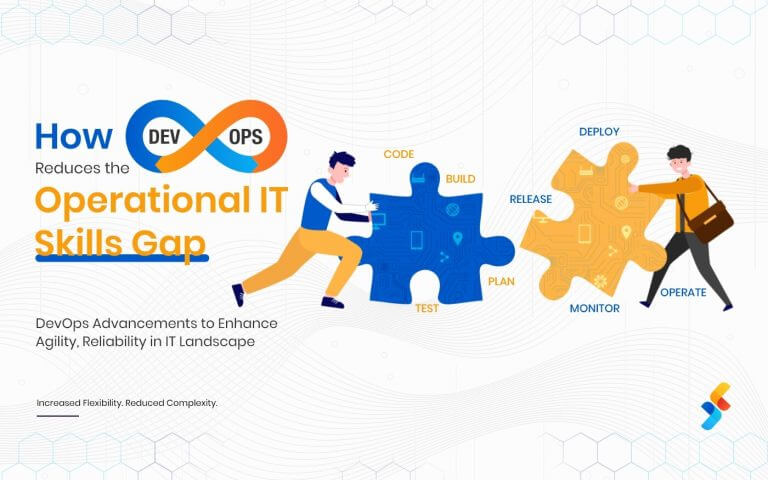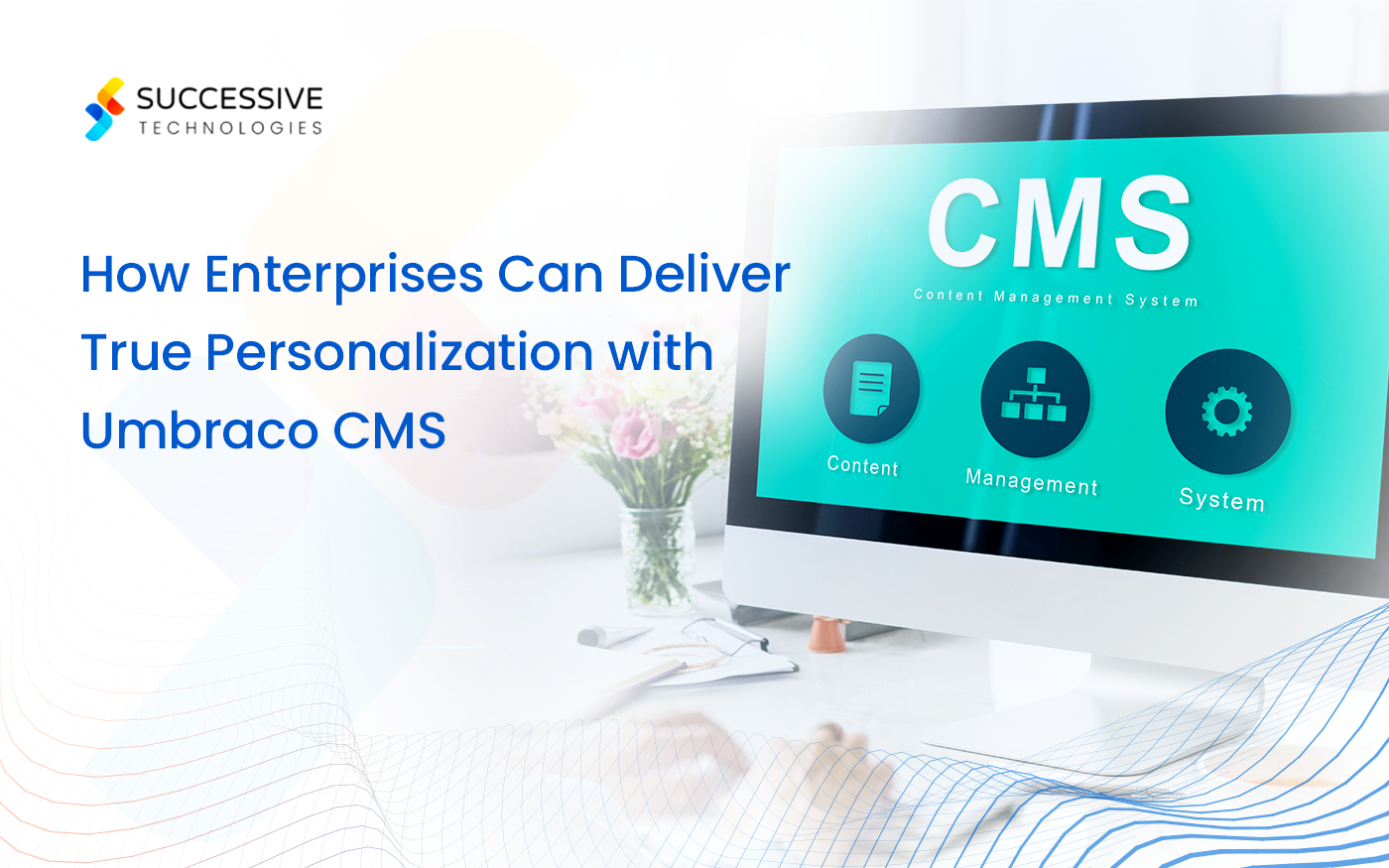When it comes to building a headless-based eCommerce website, Strapi has established itself as a powerful solution. Strapi has received an overall rating of 4.7 out of 5 for being the best headless CMS platform in 2025. In addition to this, its API-first approach, TypeScript codebase, and custom “Content-Type Builder” make it an excellent choice for building modern commerce solutions.
Since it decouples the backend repository and processes from the frontend (customer-facing) layer, it allows for more flexibility and seamless third-party API integrations. Although Strapi doesn’t offer dedicated eCommerce APIs natively, its API-based architecture enables you to integrate the website with external eCommerce functionalities like payment gateways, inventory management tools, and so on to improve your store’s functionality and user experience.
When we talk about eCommerce APIs, there are multiple options available that you can integrate within your website with expert assistance from a dedicated Strapi website development company. However, it is important to identify the essential APIs to integrate within your website. This will help in the strategic growth of your business as well as keeping your system relevant to your specific business operations.
Key eCommerce APIs to Power Your Strapi Website
- Payment APIs: Ensure Seamless Payments
A reliable payment processing API is the foundation of any successful online store for transaction processing and integration with various financial services. Such APIs provide customers with a wide range of payment options, directly improving checkout procedures and eliminating cart abandonment. The payment API is integrated with Strapi’s backend, which connects payment gateways seamlessly and enables:
- Multi-currency transactions
- Subscription billing models
- Advanced fraud detection and prevention
- Compliance with PCI DSS security standards
- Multiple payment options
Some examples include PayPal API and Stripe API.
| Category | PayPal | Stripe |
| Focus | Simple setup and broader acceptance. Suitable for businesses seeking ease of use | Extensive APIs and docs for customization and integrations |
| Ease of Use | Easy to set up and integrate with minimal coding | Requires technical skills but offers more control and flexibility |
| Payment Methods | Supports PayPal accounts, credit/debit cards, and wallets | Supports cards, wallets, and ACH payments |
| Global Availability | Available in 200+ countries | Available in 46+ countries |
| Fees | Flat-rate pricing with potential additional costs | Transparent, flat-rate pricing |
| Recurring Payments | Subscription model available, but with higher per-transaction fees | Subscription model available with no additional fees |
| Security | PCI and ISO-compliant | PCI Level 1 and EMVCo Level 1/2 compliant |
To explain the benefits of payment API with an example, Mug & Snug, a social eCommerce platform, aimed to build a robust solution that is customizable yet holds effortless payment provider integrations. To accomplish this, their website was deployed on Strapi and Netlify with payment API integration via Stripe and Braintree. The API-first approach and Strapi’s headless backend helped them build their solution faster and enabled seamless system scaling with custom logic.
- Product Information Management (PIM) APIs: Simplify Catalog Management
A PIM API is essential for online stores, particularly those with extensive product catalogs. This type of shopping API helps in centralized management of product information, specifications, attributes, pricing, and digital assets, which allows you to enhance product content delivery and ultimately persuade customers to take action.
In other words, PIM APIs are integrated within the Strapi backend to connect with product information systems and enable the following functionalities:
- Automated product data syncing across all your sales channels
- Consistent product information at every touchpoint
- Multi-language product descriptions for personalized experiences
- Support for complex product attributes and variations
- Digital asset management for product images and videos
Examples of these eCommerce APIs include Akeneo API and Pimcore API.
| Category | Akeneo | Pimcore |
| Focus | Ideal for product data, attributes, and catalogs | Ideal for product, customer, and supplier data |
| Integrations | Connects with BigCommerce, Shopify, Adobe Commerce, and Salesforce Commerce Cloud | Connects with certain marketplaces like Amazon and eBay |
| Functionality | Centralizes product data management, offers data enrichment and translation, and streamlines workflow | Offers robust asset management with advanced metadata management. It also offers Digital Experience Platform (DXP) capabilities for marketing and optimization, all while supporting complex data structures and handling large datasets efficiently. |
| Open-Source | Offers an open-source PIM Community Edition. | Offers a free Community Edition with a paid Enterprise subscription for advanced features. |
Wondering how to manage your product content in multiple development projects? Explore our blog to understand how to manage content across multiple environments in Strapi.
- Shipping APIs: Optimize Shipping and Order Fulfillment
According to a recent study, 58% of customers prefer fast and reliable shipping options. Hence, a successful eCommerce website requires a shipping API for seamless logistics operations, task automation, and enhanced customer experience. These APIs connect your Strapi-based online store with various shipping carriers and fulfillment services to facilitate the following functionalities:
- Real-time shipping rate calculations
- Automated label generation and tracking
- Address validation and correction
- International shipping documentation
- Return management automation
Examples include Shippo API and ShipEngine API.
| Category | Shippo | ShipEngine |
| Features | The platform seamlessly integrates with multiple sales channels such as Shopify, Etsy, and eBay, offering discounted shipping rates from shipping carriers.
It also helps in task automation like label printing, tracking, and product returns, while also providing address validation and scheduled pickups. |
This platform helps track shipments, alert customers, validate addresses, and print postage, while offering rate shopping and comparison across multiple carriers.
It also supports customs documentation for international shipping, along with advanced features like creating webhooks and connecting with multiple carrier accounts. |
| Suitability | Small to large eCommerce businesses | Large eCommerce businesses, 3PLs, and companies needing robust API integration |
- Inventory Management APIs: Enable Real-Time Stock Control
Inventory management remains a critical challenge for eCommerce businesses even today. Hence, a third-party inventory management system can be integrated via APIs within the Strapi backend to counter this issue, allowing for easy Stock Keeping Unit (SKU) level management and eliminating overstocking/understocking instances. This sets a revolution in API-based digital commerce, connects the website with warehouse systems, and enables the following functionalities:
- Multi-location inventory tracking (in real-time)
- Automated reorder point notifications
- Just-in-time inventory management
- Supplier integration for direct fulfillment
- Inventory forecasting based on sales patterns
Examples include SP-API (Formerly Amazon Marketplace Web Services) and QuickBooks Commerce API.
| Category | SP-API | QuickBooks Commerce |
| Integration | Integrates well with Amazon Seller Central tools and features | Integrates with various eCommerce platforms, shipping providers, and other business systems |
| Inventory Management | Allows you to manage inventory data, update stock, and handle product listings via code | Provides tools to manage inventory levels, track stock, and update product info |
| Order Management | Process orders, retrieve details, and manage fulfillment | Connects to QuickBooks for automated transactions and reporting |
| Reports Accessibility & Management | Access sales, inventory, and financial reports for efficient management | APIs for managing customers, products, and business data. |
- Marketing Automation APIs: Use Automation to Drive Conversions and Loyalty
Automation in marketing has become a necessity in modern eCommerce as it allows you to streamline repetitive tasks, maintain consistency, and increase operational efficiency, ultimately boosting ROI. Marketing automation APIs connect your Strapi store with specialized marketing platforms to create targeted campaigns across multiple channels, enabling:
- Automated email sequences
- Abandoned cart recovery
- Social media campaign integration
- SMS marketing automation
- Customer segmentation and targeting
Examples include Pardot API (Salesforce) and ActiveCampaign API.
| Category | Pardot | ActiveCampaign |
| Focus | B2B marketing automation | B2B and B2C marketing automation |
| Strengths | Seamless integration with Salesforce CRM and strong lead generation and nurturing capabilities. | It integrates with Shopify and WooCommerce. Also provides
Email, CRM, and multi-channel automation in one. |
| API Features | It allows you to work with Pardot Salesforce objects like campaigns, opportunities, prospects, etc.
It also enables data processing and transformation. |
It enables contact data syncying from various sources. Also helps in building and managing email campaigns. |
You can also read- How to leverage Strapi for eCommerce development
- Order Management APIs: Streamline eCommerce Operations
Order management APIs are essential for efficiently handling the lifecycle of customer orders, from the point of order placement to fulfillment. Integrating your API-based digital commerce platform with a robust order management API allows you to automate and optimize order processing, enabling:
- Real-time order tracking and updates
- Inventory synchronization across multiple channels
- Automated order routing and fulfillment workflows
- Returns and refund processing
- Integration with shipping and logistics providers
Examples of these eCommerce APIs are Shopify Order API, and Salesforce Order Management API. Let’s understand these APIs in a comparison table below:
| Category | Shopify Order | Salesforce Order Management |
| Focus | Primarily designed to manage orders within the Shopify eCommerce ecosystem | Part of Salesforce Commerce Cloud, it provides a comprehensive order management solution that integrates with CRM and other business systems |
| Features | It allows order creation, retrieval, update, and deletion. It has built-in data order API, fulfilment orders API, and customer account API, that helps with seamless order management. | It helps with unified order management as it links all commerce and service, auto-processes payments and handles cancellations & returns.
It also helps with real-time order tracking and automated order routing. |
| Use Cases | Integrating Shopify stores with third-party applications, payment gateways, and other services; building custom order management workflows; and streamlining operations | Managing orders across multiple channels (e.g., online, retail, call center), integrating with CRM data, and improving customer service |
- CRM APIs: Enhance Customer Relationships
Customer Relationship Management (CRM) APIs empower eCommerce businesses to manage customer data, personalize experiences, and build lasting relationships. By integrating your Strapi website with a CRM API, you can obtain key customer insights to drive sales and improve customer satisfaction. This eCommerce API integration with Strapi provides key features such as:
- Centralized customer profiles and purchase history
- Segmentation for targeted marketing campaigns
- Automated email and communication workflows
- Customer support ticket management
- Integration with analytics for behavior tracking
Examples include Salesforce API and Pipedrive API.
| Category | Salesforce API | Pipedrive API |
| Focus | Enterprise-level CRM, encompassing sales, marketing, and customer service | Sales-focused CRM, prioritizing simplicity and ease of use |
| Features | It offers extensive customization options and access to a large ecosystem of integrations and apps through AppExchange | It provides a user-friendly interface and visual pipeline management. It also enables sales process automation and deal tracking |
| Suitability | Large enterprises with complex CRM requirements and a need for extensive customization | Small to medium-sized businesses (SMBs) prioritize sales team efficiency and ease of use |
- Storefront APIs: Create Seamless Shopping Experiences for Customers
Storefront APIs can help you create dynamic, customizable, and responsive front-end experiences for your Strapi store. These APIs connect the user interface with backend systems, ensuring fast and seamless shopping for customers. Capabilities include:
- Display and Product catalog management
- Shopping cart and checkout functionality
- Personalized product recommendations
- Multi-device responsiveness (web, mobile, etc.)
Examples include Shopify API and BigCommerce API.
| Category | Shopify API | BigCommerce API |
|
Features |
This API Shopify’s API enables businesses to build personalized and high-performing shopping experiences across web, mobile, and custom frontends.
The API supports storefront customization, third-party integrations, and automation of backend processes. |
This API allows developers to build customized front-end experiences while keeping the commerce engine intact.
This API-first approach makes it easier to power headless commerce setups, integrate with modern frameworks like React or Next.js, and deliver tailored shopping experiences across channels. |
An Overview of eCommerce API Integration with Strapi Website
Using Strapi’s built-in REST or GraphQL APIs, businesses can seamlessly connect their external shopping APIs through middleware, enabling a unified and efficient content and commerce experience.
Strapi acts as the central content hub, allowing developers to fetch, update, or deliver product data, inventory, pricing, and customer details from various third-party software using API calls.
Placing a middleware layer (typically built using Node.js or any software like Zapier) between Strapi and the eCommerce APIs helps streamline the connectivity among both platforms, eliminates siloes or disruptions, if any, enables developers to apply business logic and transform data for a specific use case and handle authentication to create a secure API-based digital commerce environment.
This setup ensures that content managed in Strapi can be enriched with real-time eCommerce data and served across multiple channels—web, mobile, IoT—without being tied to a specific commerce backend. It also enhances system flexibility, simplifies maintenance, and allows enterprises to switch or scale eCommerce platforms without disrupting the content layer.
Conclusion
As we move through 2025, the strategic eCommerce API integration with your Strapi store can give you a real competitive edge. Strapi, being a headless CMS, functions as an API eCommerce platform and provides a flexible architecture and ever-expanding plugin ecosystem. You get all the necessary tools and capabilities to build a robust online store that can offer a unified eCommerce shopping experience. However, choosing the right eCommerce APIs is equally important. Adding a huge bundle of APIs can create a request load on the backend, ultimately disrupting performance. Hence, determine the set of APIs you need for your website and partner with a professional Strapi development company that can assist with seamless integration.
Need help integrating eCommerce APIs into your Strapi website?
Consider partnering with our Strapi experts at Successive Digital to unify content and commerce and get a tailored API roadmap to future-proof your digital store.












